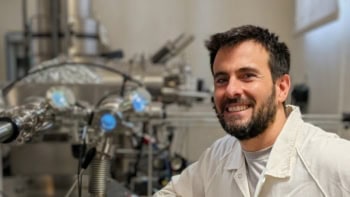Available to watch now. This webinar explores common causes and prevention methods of battery thermal runaway
Want to learn more on this subject?

Abuse testing and failure recreation of thermal runaway in lithium-ion battery packs within Exponent’s London laboratory has shown how battery fires can initiate and propagate. This webinar discusses how even small amounts of moisture ingress into a battery pack can lead to thermal runaway of the cells within the pack. Specific conditions and behaviours of saltwater ingress-driven circuit board faults were investigated, and localized temperature increases of greater than 400 °C even at relatively low voltages and fault currents were demonstrated, showing the potential for saltwater induced circuit board faults to lead to cell thermal runaway events. The extent and severity of e-mobility battery fires resulting from a single cell thermal runaway failure was explored. Various suppression techniques a user may attempt to implement if they experience a battery fire in a household environment were evaluated. Tests were run of water flows typical of a household garden hose as well as different fire blankets deployed both before the forced thermal runaway event, and after initiation. In addition, various design approaches, such as added thermal insulation between cells, were shown to help prevent cell-to-cell propagation and reduce the severity of a battery pack failure.
An interactive Q&A session follows the presentation.
Want to learn more on this subject?

Samuel Lawton is an expert in batteries and energy storage with extensive experience in failure analysis, pack design, quality evaluation, factory auditing, and thermal testing and cell testing. He holds a Ph.D. in Chemistry and is currently a senior scientist at Exponent, where he leads complex projects focused on battery performance and safety.
In his role, Samuel specializes in root cause failure analysis, thermal event investigations, and product validation. He is proficient in X-ray computed tomography, non-destructive and destructive cell testing, and bespoke abuse testing. His previous work at OXIS Energy Ltd included developing novel anode protections and unique cathode materials for advanced battery systems.






